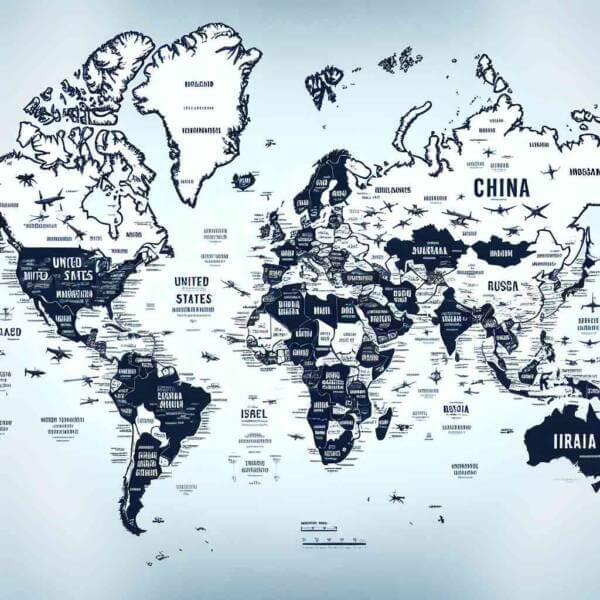
Military aviation is an essential part of modern defense strategies around the world.
Today, military aviation encompasses a wide range of missions, from fighter jets and bombers to surveillance drones and transport planes.
How Military Aviation Began
As technology advanced, airplanes were adapted for offensive operations, reshaping military strategies.
Key developments over time:
- First use of armed aircraft in combat
- Creation of long-range bombers and jets
- Emergence of strategic bombers and nuclear deterrence
- Modern drone warfare
Each era brought new technologies that expanded aerial warfare.
Different Roles of Military Planes
Military aviation includes a variety of aircraft, each designed for different roles.
Types of planes used in military aviation:
- Fighter jets
- Planes that deliver heavy payloads
- Planes used to move troops and equipment
- Reconnaissance and surveillance drones
Each type plays a key part in military operations, from striking enemy targets.
Importance of Air Superiority
Air superiority is vital for achieving military success.
Benefits of air superiority include:
- Providing close air support
- Disrupting enemy supply lines
- Early warning and real-time data
- Boosting morale
Nations with strong military aviation capabilities can defend their interests more effectively.
Advancements Shaping the Future
Military aviation is at the forefront of technological innovation.
Recent innovations include:
- Aircraft designed to evade radar detection
- Ultra-fast strike capabilities
- Unmanned aircraft operating independently
- New forms of aerial weaponry
These advancements increase survivability for air forces worldwide.
Risks and Limitations
From high costs to geopolitical tensions, the road to air dominance is filled with hurdles.
Pressing issues in military aviation:
- Expensive research and operations
- Short life cycles for cutting-edge aircraft
- Cybersecurity threats
- Questions about accountability and control
Addressing these challenges is necessary for effective defense strategies.
Future of Military Aviation
Nations will continue investing in cutting-edge aerial technology to maintain strategic advantages.
Likely developments:
- Greater integration of artificial intelligence
- Military satellites and space-based weapons
- Reducing environmental impacts of defense operations
- Collaborations across allied air forces
The next era of military aviation will revolutionize how wars are fought.
Final Thoughts on Military Aviation
Its history, present achievements, and future possibilities demonstrate strategic importance.
As technology continues to evolve, the skies will remain a critical arena where military aviation safeguards freedoms.
The future of military aviation is full of potential visit this website — and it’s only just beginning.